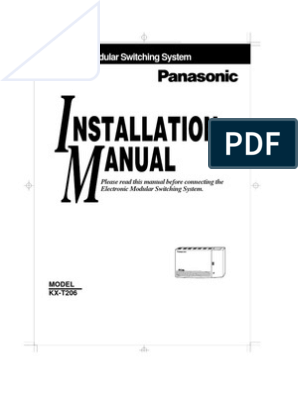0% found this document useful (0 votes)
17 views13 pagesMicroscope
The document provides an overview of microscopes, detailing their purpose in healthcare for studying small specimens and their role in diagnostics. It distinguishes between monocular and binocular microscopes, outlines key components such as eyepieces, objective lenses, and light sources, and explains how magnification is calculated. Additionally, it mentions that a standard laboratory microscope can achieve a maximum magnification of 1000x, sufficient for medical examinations.
Uploaded by
walid735622134Copyright
© © All Rights Reserved
We take content rights seriously. If you suspect this is your content, claim it here.
Available Formats
Download as PDF, TXT or read online on Scribd
0% found this document useful (0 votes)
17 views13 pagesMicroscope
The document provides an overview of microscopes, detailing their purpose in healthcare for studying small specimens and their role in diagnostics. It distinguishes between monocular and binocular microscopes, outlines key components such as eyepieces, objective lenses, and light sources, and explains how magnification is calculated. Additionally, it mentions that a standard laboratory microscope can achieve a maximum magnification of 1000x, sufficient for medical examinations.
Uploaded by
walid735622134Copyright
© © All Rights Reserved
We take content rights seriously. If you suspect this is your content, claim it here.
Available Formats
Download as PDF, TXT or read online on Scribd
/ 13






















































































